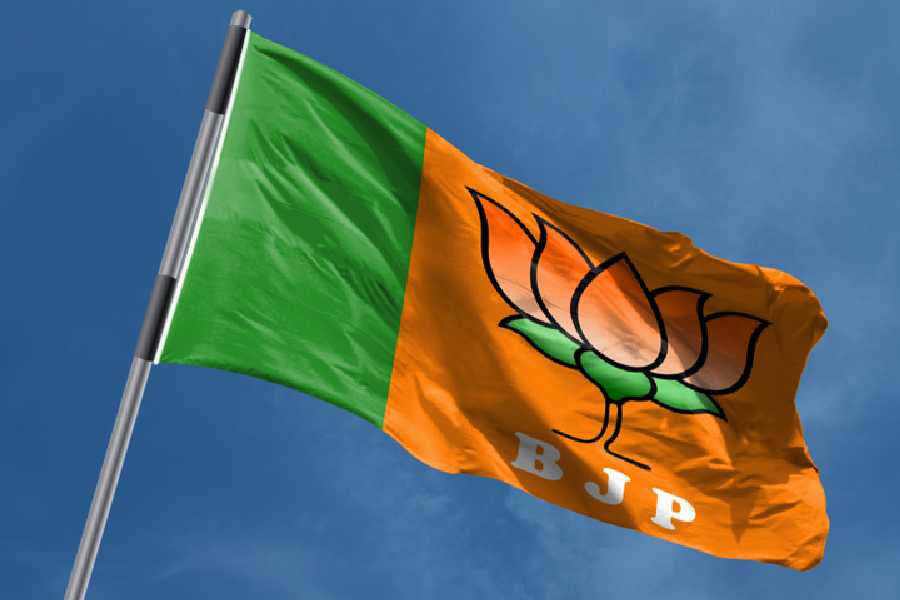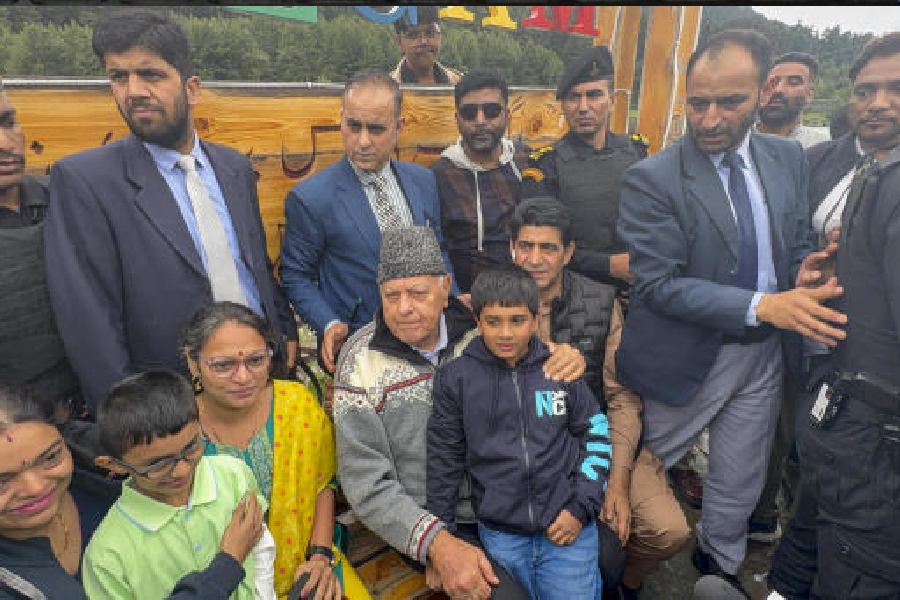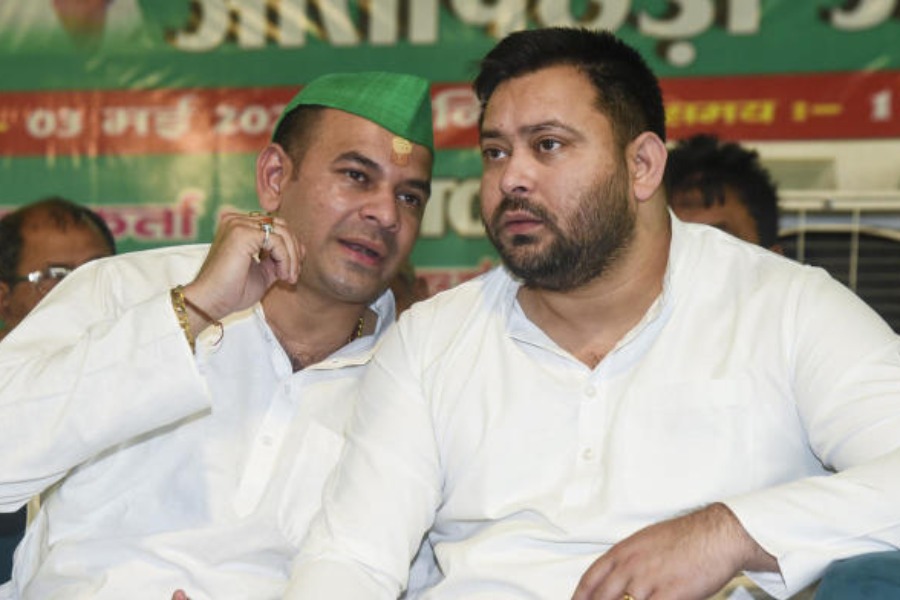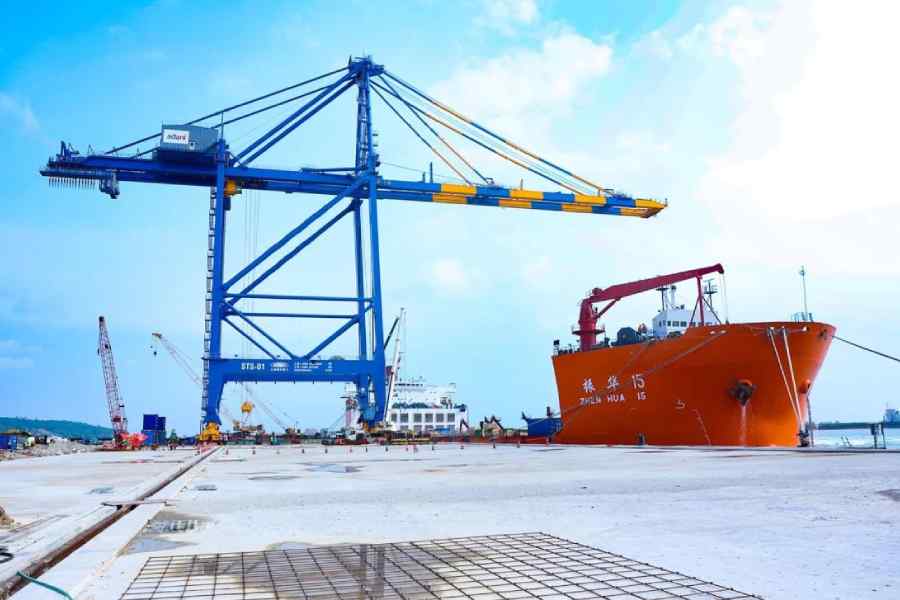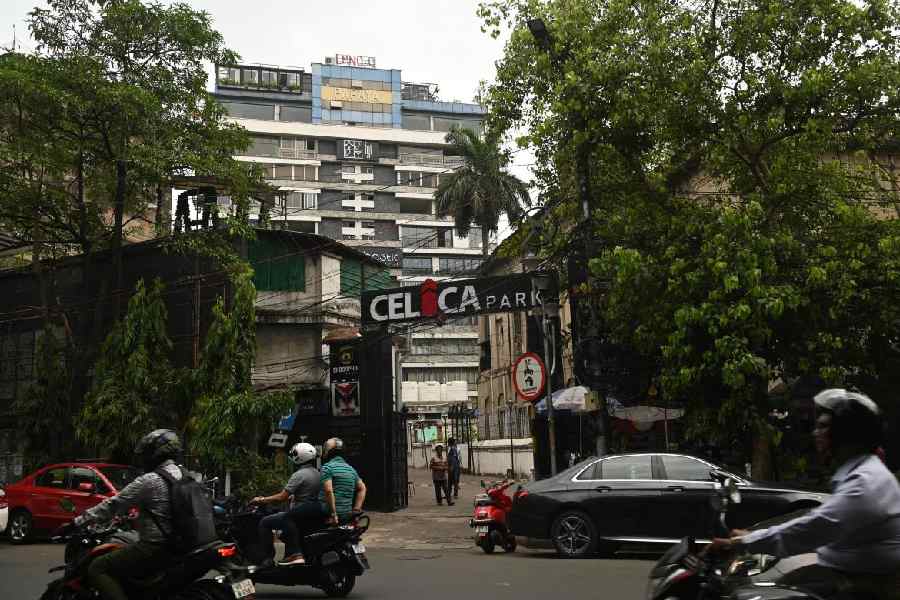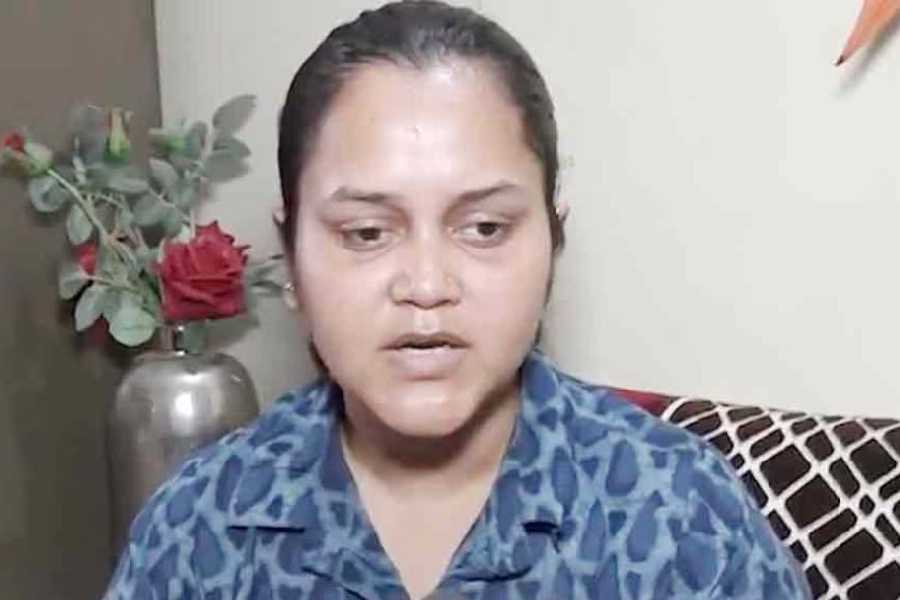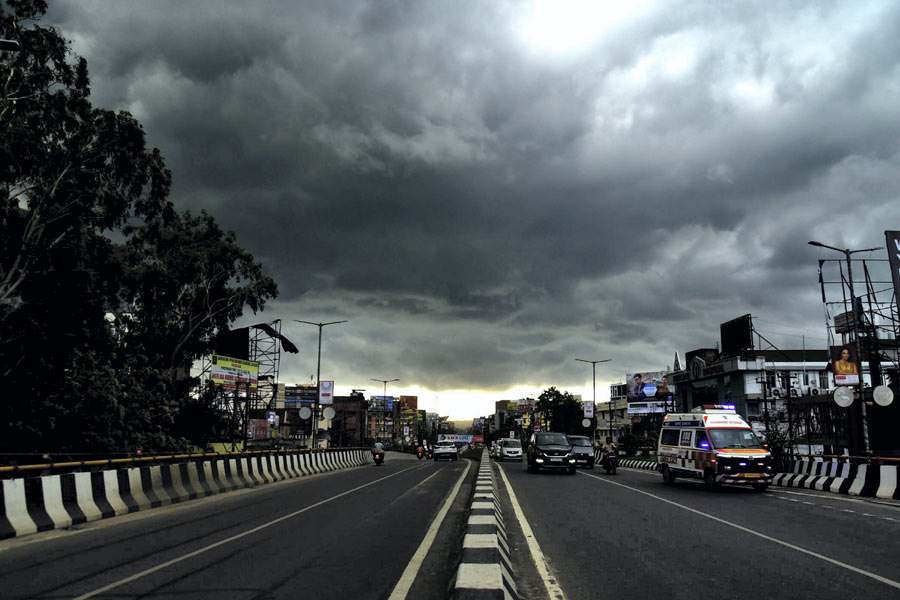The 30-odd ghats on the banks of the Hooghly in Howrah are used for everything from bathing to cremation. Built in the middle of the 18th Century and early 19th Century, most of the ghats are more than 100 years old but only one has been declared a heritage structure.
 |
| Bandhaghat, Howrah |
Bandhaghat
Ishwar Chandra Vidyasagar is said to have rested here on his way to Calcutta from Midnapore with his father. It was a kutcha ghat before Mohanlal Kishenlal Kshetri turned it into a concrete one around 70 years ago, thus lending the ghat its name. In 1985, the ghat was rebuilt in brick and mortar.
This is the only ghat in Howrah that has made it to the heritage list.
The road leading to the wrought iron structure that makes up the facade of Bandhaghat is lined with shops and cotton wool godowns. The roof, shaped like a temple spire, is made of corrugated tin sheets. It has been freshly painted but the steps are broken and worn out in places.
Next to Bandhaghat is a jetty from where Ghatal Steam Navigation Company runs a ferry service to Ahiritola. A board declares the service was started in 1925. Even today, traffic is busy. Local residents said the ferry ghat is owned by the port trust and leased out to the ferry service agency.
“We see sweepers from the corporation clean the steps sometimes,” said Mohan Tiwari, who runs a shop nearby. He was unsure about who got the recent paint job done.
 |
| Rashbari Ghat, Howrah |
Rashbari Ghat
Rashbari Ghat in Belur makes for a majestic sight both from the western and eastern banks of the river. A gate opens up to the ghat dotted with temples, a rashmancha, natmandir and nahabatkhana. Established by Purna Chandra Daw and wife Kadambini Dasi in 1872, it is locally known as Daw-er Ghat.
Sister Nivedita is said to have visited the ghat, which now serves as a meeting place for local residents in the evening. By 6pm, one can spot men and women sitting on the cemented steps and enjoying the breeze. Soon, the air is filled with the chime of bells and sound of conch shells as the evening arati begins.
The main temple here is of Radha-Krishna, called Radharaman Jiu by the Daws. Six Shiva temples encircle the rashmancha. The centrepiece is a clock tower with an ancient clock, long defunct. “The temple is run by a trust of the Daw family,” said Binay Chatterjee, the caretaker. “Dol (Panchami Dol) and Rash are celebrated here besides nitya puja (daily worship).”
Though not dilapidated, the structures, overgrown with weeds, could do with a coat of paint. “Maintenance is a headache and it is becoming shoddy,” admitted Chatterjee.
 |
| Ramkrishnapur Ghat, Howrah; Pictures by Pradip Sanyal and Anup Bhattacharya |
Ramkrishnapur Ghat
The elaborate wrought-iron structure at Chintamani De Ghat or Ramkrishnapur Ghat sets it apart. Recently renovated by the Howrah Municipal Corporation as part of its riverfront restoration project, this ghat right next to Grand Foreshore Road is popular among bathers and also for arati and immersion.
It is said that Swami Vivekananda, before establishing Belur Math, came to this ghat, established by Chintamani De.
Black-and-white chequered steps and a white balustrade lined with trident lamps lead to the ghat. But a garbage dump mars the otherwise picturesque setting.


